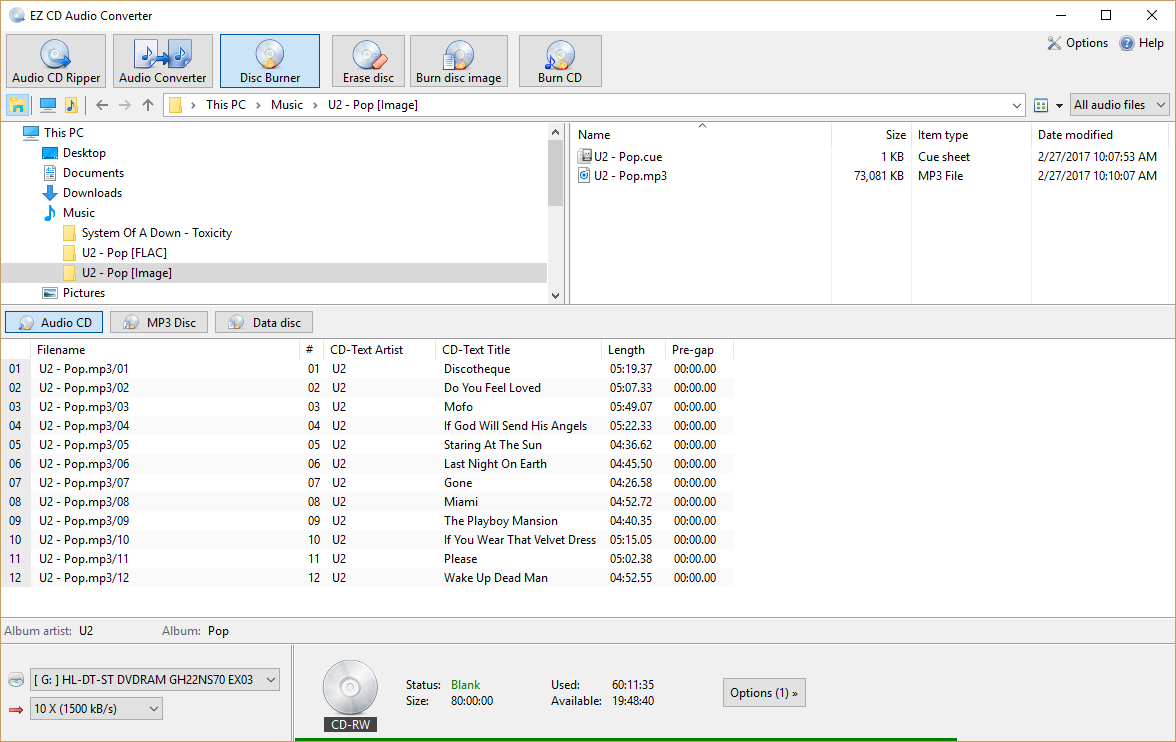

The Protein Data Bank (PDB ) funded by the National Science Foundation, the National Institutes of Health, and the US Department of Energy is the single worldwide archive of 3D structural data of biological macromolecules, such as proteins, nucleic acids, and complex assemblies. We conclude that the CDOCKER protocol with a successful docking rate of 88% and the PMF and Ludi 1 scoring functions with high reliability may be efficiently applied in the virtual screening of new inhibitors of TβR1. For that, we assessed different docking methods and scoring functions for TβR1, before large-scale database screening. In this study, we aimed to obtain new TβR1 inhibitors using DBVS. In our previous studies, several inhibitors were screened and designed by the pharmacophore model and structure–activity relationship study. ĭifferent virtual screening models can be complementary in the search for new inhibitors. Thus, TβR1 has attracted wide attention, as a potential drug target. TGFβ type 1 receptor (TβR1) is a key member of the TGFβ signaling pathways, and its inhibition has the potential to enhance the immune response against tumors. TGFβ is reported to be critical in the later stages of tumorigenesis by increasing immunosuppressive Treg cells and facilitating EMT. Transforming growth factor-β (TGFβ) signaling plays a key role in cell growth, migration, differentiation, epithelial–mesenchymal transition (EMT), and extracellular matrix remodeling.

New forms of examination are necessary to maximize the success rate of docking and scoring methods, to determine the best parameters for individual protein targets. There is often a poor correlation between the scores given by scoring functions and experimental binding affinities. Different docking programs may show different performances in the same target protein. In the last decade, several studies on docking and scoring methods demonstrated that most of the docking methods and scoring functions are sensitive to the receptor, and conclusions on different receptors may be inconsistent with each other. This method involves two basic processes: positioning ligands into a protein active site, scoring and ranking docked ligands. However, due to its low accuracy, DBVS suffers from constant criticism. With an increasingly large number of target protein structures being resolved, the molecular docking-based virtual screening (DBVS), has become one of the most common virtual screening methods, having achieved a great success.

Virtual screening methods, including molecular docking, pharmacophore model, and similarity searching, are widely used in drug research and development. Virtual screening is a common CADD technology used for the identification of hit molecules from large-scale compound libraries, providing a highly efficient approach to discover new compounds in the early stage of drug development. Further enrichment factors (EF) analysis also supports PMF and Ludi 1 as the top two scoring functions.ĭue to the vast improvement of computing power and the rapid development of computational chemistry and biology, computer-aided drug design (CADD) technology has been successfully applied in drug discovery, accelerating the research process and reducing the associated costs and risks. Based on the pairwise comparison of ROC curves, Ludi 1 and PMF were chosen as the best scoring functions for virtual screening of TβR1 inhibitors. The results show that Ludi 1, PMF, Ludi 2, Ludi 3, PMF04, PLP1, PLP2, LigScore2, Jain and LigScore1 are better scoring functions than the random distribution model, with AUC of 0.864, 0.856, 0.842, 0.812, 0.776, 0.774, 0.769, 0.762, 0.697 and 0.660, respectively. The receiver operating characteristic (ROC) curves were used to compare the performance of scoring functions in attributing best scores to active than inactive ligands. A dataset including 281 known active and 8677 inactive ligands was used to determine the best scoring function. Based on the root-mean-square deviation (RMSD) values (in Å) between the docking poses and co-crystal conformations, the CDOCKER protocol can be efficiently applied to obtain more accurate dockings in medium-size virtual screening experiments of TβR1, with a successful docking rate of 95%. LibDock and CDOCKER protocols were performed on a test set of 24 TβR1 protein–ligand complexes.
#Cdock forever trial software#
To improve the reliability of virtual screening for transforming growth factor-beta type 1 receptor (TβR1) inhibitors, 2 docking methods and 11 scoring functions in Discovery Studio software were evaluated and validated in this study.


 0 kommentar(er)
0 kommentar(er)
